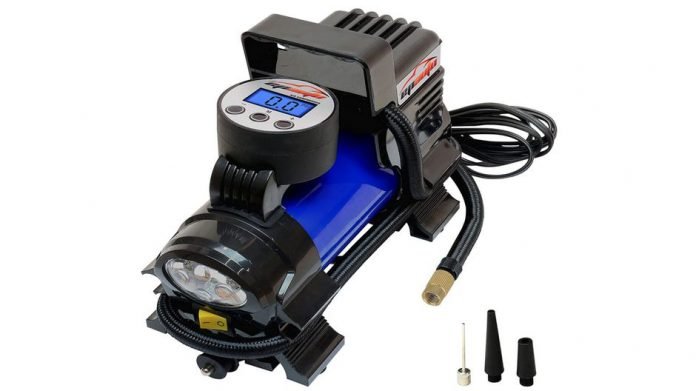Last Updated on March 23, 2024 by Saira Farman
I’m not the best driver on the road, and I have no qualms about admitting that. However, I have always made it a point to perform safety checks on my car, especially if I am planning on going on a long road trip. Most people I know are familiar with checking their oil levels under the hood, and checking if there is enough water in there as well. But many people neglect to check their tires to make sure they are not deflated (or over inflated). Why is this important? And what happens when you drive with deflated tires?
Table of Contents
Checking Tire Pressure
It’s simple enough to check your tire pressure on your own, but most people opt to go to a garage to get their tires checked. This is mostly because many vehicle owners don’t own an air compressor to inflate their tires. I’d rather depend on myself, so I got the best tire inflator with gauge I could find. It allows me to check the pressure levels and inflate the tires using the same device. Nonetheless, checking your tires pressure is an essential safety check, especially if you intend on going on a long road trip.
Deflated Tires
You may be thinking that driving around with a deflated tire is not a big deal. Overinflated tires are already known to cause excessive wear and tear on the tires, but what about deflated tires? The same increased degradation of your tires can be expected, but there are other concerns you should be worried about.
Fuel Economy
First and foremost, when you’re underinflating your tires, the vehicle must work harder to turn them. Consequently, your car will burn more fuel per mile when you are driving on deflated tires. Even a slight under inflation of 5 psi can reduce your fuel economy by 5% – that means spending more money on fuel.
Risk Of Blowouts
Your tires are manufactured with a certain pressure range in mind, and they will not function properly outside that range. If they are slightly deflated, you risk blowing out your tires. Nothing ruins a road trip like standing on the side of the road with a flat tire, trying to figure out how to change it.
Braking
As I’ve previously mentioned, your tires are meant to function at a certain pressure. When the pressure is too low, there are several performance issues associated with underinflated tires, but one stands out the most: greeting braking distance. In layman’s terms, when you hit the brakes on your car, the car will come to a stop a little later when compared to the same situation with correct tire pressure. Needless to say, this is very dangerous as it could cause many vehicular collisions and other types of accidents.
Summary
In short, you should avoid driving around with deflated tires – even if it’s just a little below the recommended pressure range. There are many more performance issues that go beyond those mentioned in this article, but i’ve tried to focus on the most prominent and important problems that car owners would face when driving on deflated tires.
Apart from this, if you want to know about Best Upgrades for Your Jeep then please visit our Home Improvement category



























